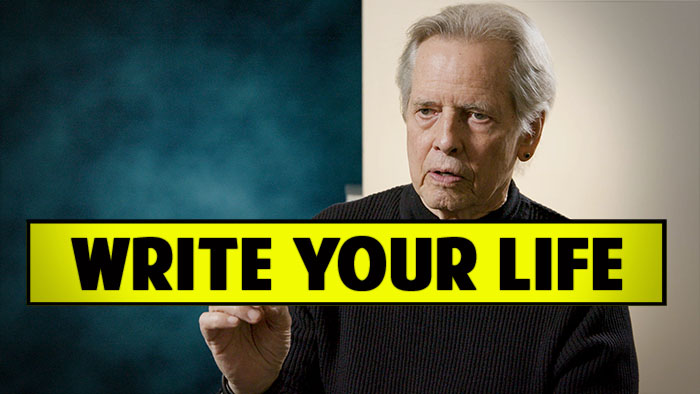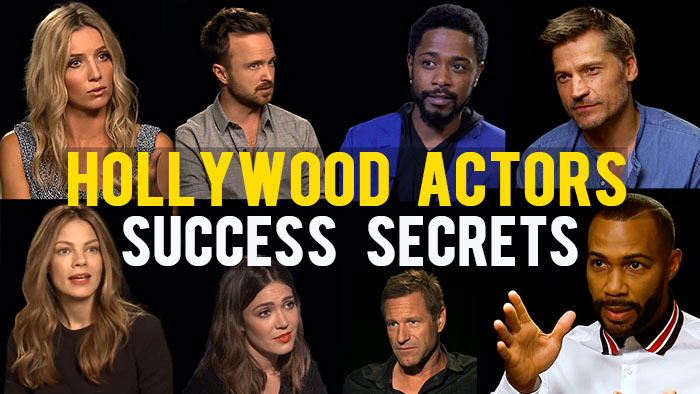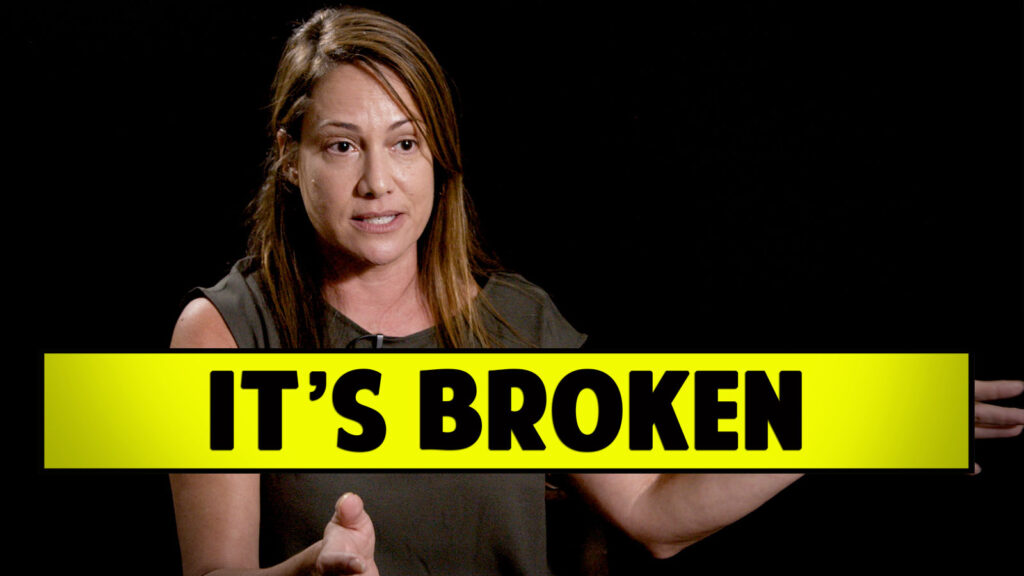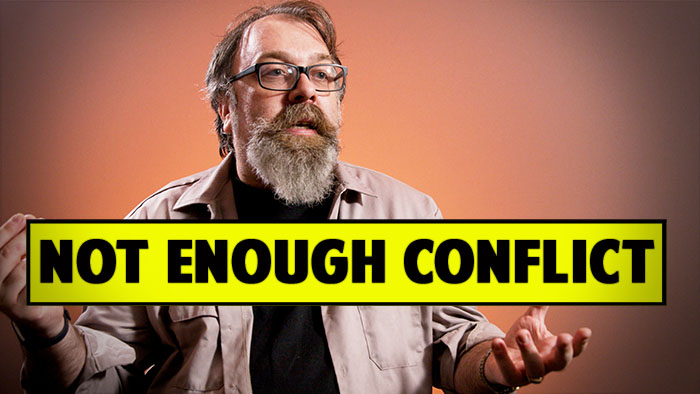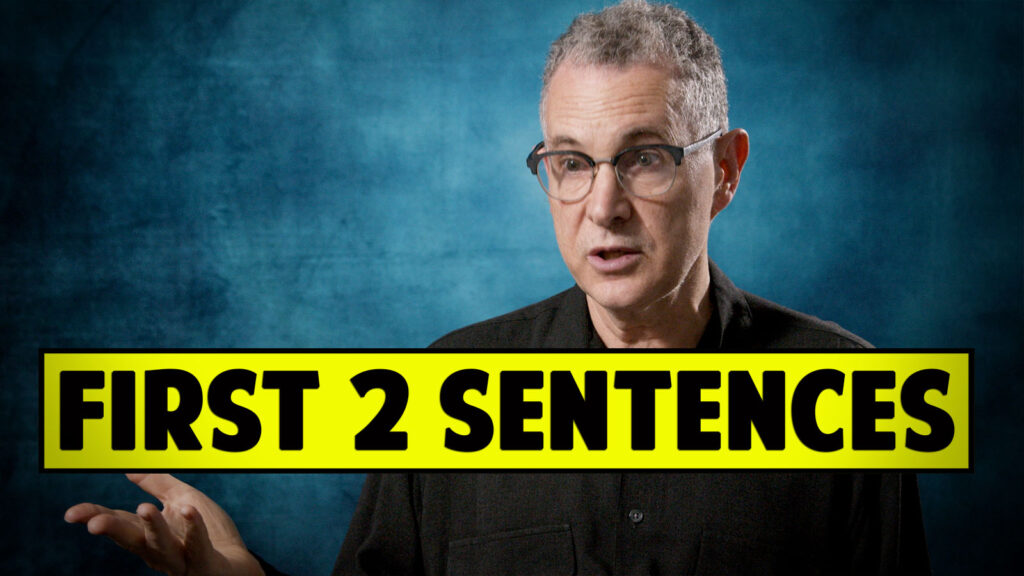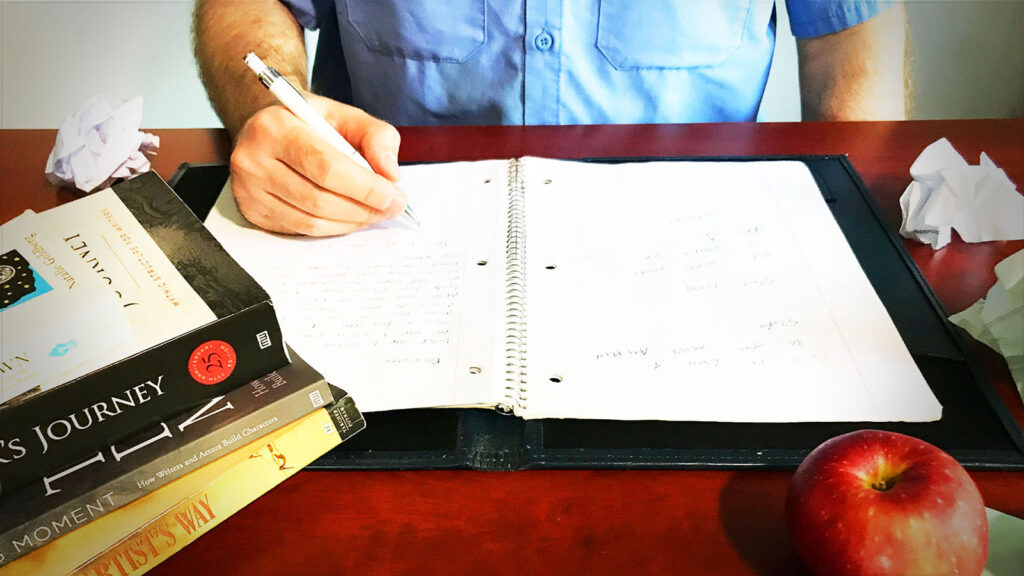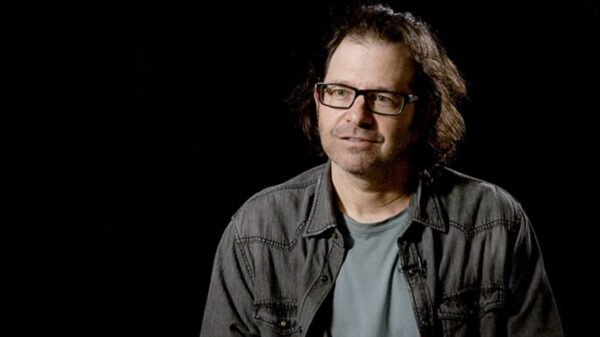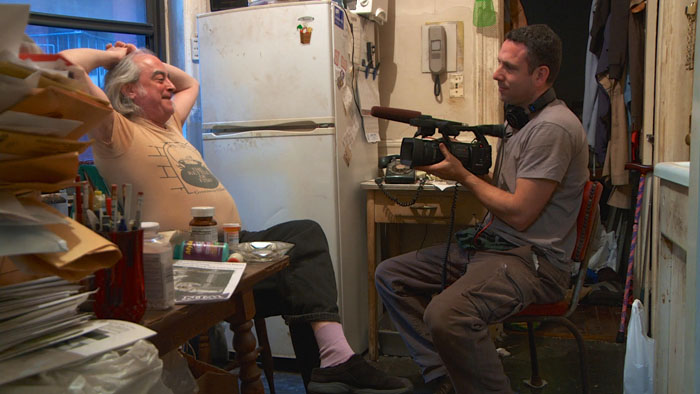
Activist Mayer Vishner and Filmmaker Justin Schein in LeftOnPurpose.com
(This was originally posted on LeftOnPurpose.com) Midway through the filming of a documentary about his life as an anti war activist, Mayer Vishner declares that his time has passed and that his last political act will be to commit suicide— and he wants it all on camera. Now the director must decide whether to turn off his camera or use it to keep his friend alive. Left on Purpose is an award winning feature length documentary that confronts the growing issues of aging, isolation and end of life choices through an intense character driven story of the relationship between filmmaker and subject. With humor and heart it provides a rare cinematic look at what it means to be a friend to someone in pain.

Mayer Vishner may be the most important 1960s radical that you’ve never heard of. His story, beginning at the center of the optimistic Yippie movement but ending in a life of increasing isolation, is one that you should know.
Mayer was born to a comfortably middle class family in the Bronx just after the end of WWII. It was a time of great hope and prosperity in America, but Mayer wasn’t born for comfortable 1950s triumphalism: his decade was the revolutionary 1960s.
It didn’t take long for Mayer to find his place in the heart of the 60s counterculture: In 1965, at the age of 16, Mayer took a bus down to Washington, DC to join his first political protest against the war. He soon began volunteering at the War Resisters League, organizing anti-draft protests and counseling young men about their options in evading the draft. He wrote articles about the movement for WIN, the magazine of the New York Workshop in Non Violence. Mayer found many mentors in the peace community including Dave Dellinger, David McReynolds, Grace Paley and Norma Becker.

Though Mayer suffered from what would now be diagnosed as clinical depression, the strong ties to the community of activists of which he was a part gave his life focus and meaning. These ties — to 1960s luminaries like Ed Sanders and Paul Krassner — put him near the epicenter of many of the events that came to symbolize the era.

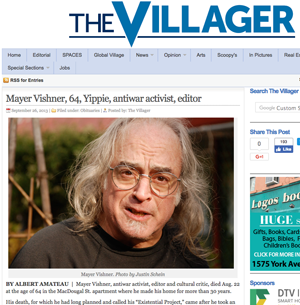
The Villager’s tribute to Mayer Vishner
Mayer became a core member of the newly formed Youth International Party (The Yippies), that had been founded by Krassner along with Abbie Hoffman, Jerry Rubin, Jim Fouratt and others. Their plan was to shift the momentum of the hippie movement toward the political goals of ending the war and fundamentally changing society. They were known for using humor, sarcasm, and street theater as tools to question authority — grabbing the attention of the press and the imagination of the youth culture.
By 1971, the Pentagon Papers were published in The New York Times and the tide of public opinion had shifted against the war, and the movement that had been the focus of Mayer’s life began to splinter. Abbie Hoffman was arrested on charges of selling cocaine in 1973 and went underground to avoid arrest. Mayer became the chairman of his defense committee.
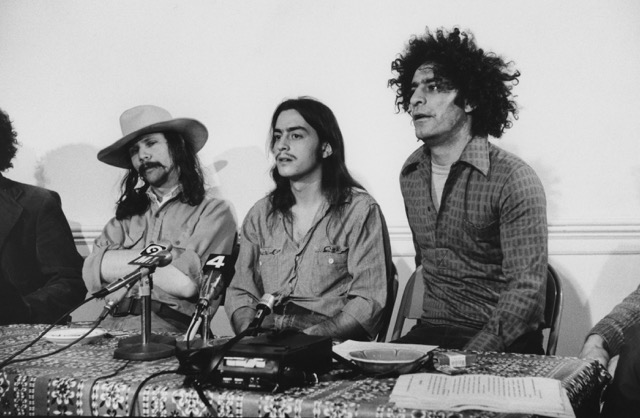
High Times Magazine founder Tom Forcade, Mayer Vishner and Yippie founder Abbie Hoffman
By this time, the dreams of the 1960s were frayed and many lost hope – leaving the revolution for straight jobs, “selling out.” But not Mayer: he worked socially-minded jobs, and continued protesting causes from nuclear weapons proliferation to the Rockefeller drug laws.

Justin and Mayer
In the mid-1980s, Mayer was flown out west by his old friend Jay Levin, the publisher of the LA Weekly, to become managing editor and help turn the paper around. By all accounts, Mayer’s two years there were largely successful — but he also began drinking heavily and was fired. Not long after, he returned to his native New York City, where he held various jobs. Alcohol and drugs continued to be a struggle for him. He also became involved in the sustainable food movement, becoming an original founder of the Laguargia Corner Gardens, where he would eventually meet Justin Schein and participate in the feature documentary No Impact Man.

THE ISSUE
Every 40 seconds a person dies by suicide somewhere in the world. It is estimated that over 800,000 people take their own lives annually and for each adult who died of suicide there may have been more than 20 others attempting.* In middle aged men, the age group of Mayer Vishner (the subject of LEFT ON PURPOSE) the suicide rate has increased by 50% in the last decade in the United States. It is our hope that this film will help start a discussion about this pressing issue.
If you are thinking about suicide please seek help call the National Suicide Prevention Hotline 1-800-273-8255 (Open 24/7).
*World Health Organization Report- Preventing Suicide: A Global Imperative released (Sept. 2014)
Watch LEFT ON PURPOSE via iTunes, Amazon, Google Play, Vudu, Microsoft Film and TV, or Vimeo.
Suicide is a tragedy that is never simple and straightforward. For Mayer, I believe there were a number of factors that came together to make ending his life a viable option. Perhaps the most operative factor was his life long depression. As a young man he persevered through the difficult times, aided by a close working relationship with his psychiatrist and the support of the community he found in the anti-war movement. By the mid 1970s, the war ended and Mayer’s therapist died in a car accident, leaving him without the support system on which he had so depended. Unmoored, Mayer began to rely more on self medicating through drugs and alcohol; providing temporary “anesthesia,” but leading to a cycle of depression and dependence that lasted until his death.

Mayer in the height of his activism years
Psychologists have long regarded suicide as being contagious — that is, it is a behavior which is prone to being copied or imitated. Quite a few people in Mayer’s life made the tragic decision to end their own lives. In the late 1970s Mayer’s friend and legendary troubadour of the ant war movement, Phil Ochs, succumbed to his mental illness and alcohol addition. More impactful in Mayer’s trajectory perhaps was the well known photo taken in 1971 of young Mayer sitting between Yippie founder Abbie Hoffman and High Times Magazine founder Tom Forcade. Mayer referred to that photo as “two suicides and a procrastinator”, as both Forcade and Mayer’s close friend and mentor Hoffman took their lives. Hoffman’s first wife, as well as his daughter— both of whom Mayer knew well, also killed themselves. I believe that the suicide of these people so close to made this decision a real possibility for him.
Similarly I believe that Mayer’s politics, while not the cause of his decision to end his life, were clearly a contributing factor. As stated in Left on Purpose, Mayer looked at everything from a political perspective. Mayer defined himself through his free thinking and his rebelliousness. (There was a time when the Hippies in San Francisco tried to “rebrand” themselves as “freemen”). The fact that suicide is a taboo of church and state no doubt made it more than a personal act for Mayer and turned to into a statement.
Lastly, Mayer also felt an increasing sense of isolation in this age of ever advancing technology. Thought he did still have friends who cared about him deeply, he felt unequipped to be part of the changing social justice movement that had previously so defined his life but that now relied on digital communication. Mayer prided himself on being an organizer. Greenwich Village was just that— a community of people who met in the park, at the bars, clubs and churches. As the age of email and Twitter advanced Mayer felt more and more disconnected.

CONNECT WITH LEFT ON PURPOSE MOVIE:
LeftonPurpose.com
Facebook
Twitter for Left on Purpose
Twitter for Filmmaker Justin Schein
Awards:
Audience Award- Doc NYC
Audience Award- Woodstock Film Festival
Best of Festival Award- Astra Film Festival
Starring: Mayer Vishner
Directed By: Justin Schein
Co-Directed and Edited By: David Mehlman
Written By: Joanna Hershon, Susan Korda, David Mehlman, Justin Schein
Produced By: Eden Wurmfeld, Doug Liman, Yael Bridge
Advertisement

Visit LeftOnPurpose.com here to watch the film and read more on Mayer Vishner
LEFT ON PURPOSE – Midway through the filming of a documentary about his life as an anti war activist, Mayer Vishner declares that his time has passed and that his last political act will be to commit suicide— and he wants it all on camera. Now the director must decide whether to turn off his camera or use it to keep his friend alive. Left on Purpose is an award winning feature length documentary that confronts the growing issues of aging, isolation and end of life choices through an intense character driven story of the relationship between filmmaker and subject. With humor and heart it provides a rare cinematic look at what it means to be a friend to someone in pain.

Watch The Special Need on Vimeo here
THE SPECIAL NEED: Enea is 29. He has blue eyes, likes trucks, and loves girls. He hasn’t found the right one yet. Still he has never stopped looking for her. One more thing about Enea: he is autistic. One day, after taking a photo of a girl on the bus, he is pushed to the ground by her boyfriend. Enea’s therapist convinces his mom that the time has come for the man to cope with his sexual desires. Enea’s friends Carlo and Alex get involved and try to find a way for Enea to have sex in a safe and legal environment.
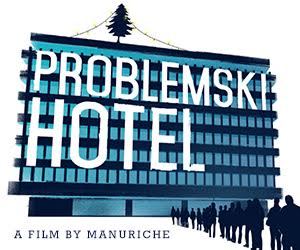
Watch Problemski Hotel on Vimeo here
PROBLEMSKI HOTEL: For the inmates of the multinational residential center somewhere in Europe, the circular, black comedy that is the cross-frontier migrant’s life ‘within the system’ becomes even blacker in December. For we are in the European ‘season of gladness and joy.’ Bipul doesn’t want to admit it to himself, but the Russian girl’s arrival makes a difference: Lidia. Hope? Surely not! A future? Get real! December is also the ninth month of Martina’s pregnancy. Pregnancies don’t go round in circles; they end in eruptions. Because when the situation is hopeless, rescue is near.
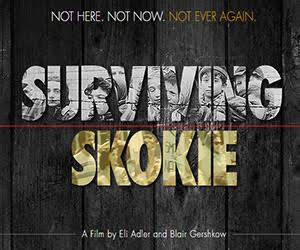
Watch Surviving Skokie on Vimeo here
SURVIVING SKOKIE: They survived the horrors of the Holocaust and came to America to put the past behind. For decades they kept their awful memories secret, even from their children. But their silence ended when a band of neo-Nazi thugs threatened to march in their quiet village of Skokie, Illinois “because that is where the Jews are.”
Surviving Skokie is an intensely personal documentary by former Skokie resident Eli Adler about the provocative events of the 1970s, their aftermath, his family’s horrific experience of the Shoah, and a journey with his father to confront long-suppressed memories.











